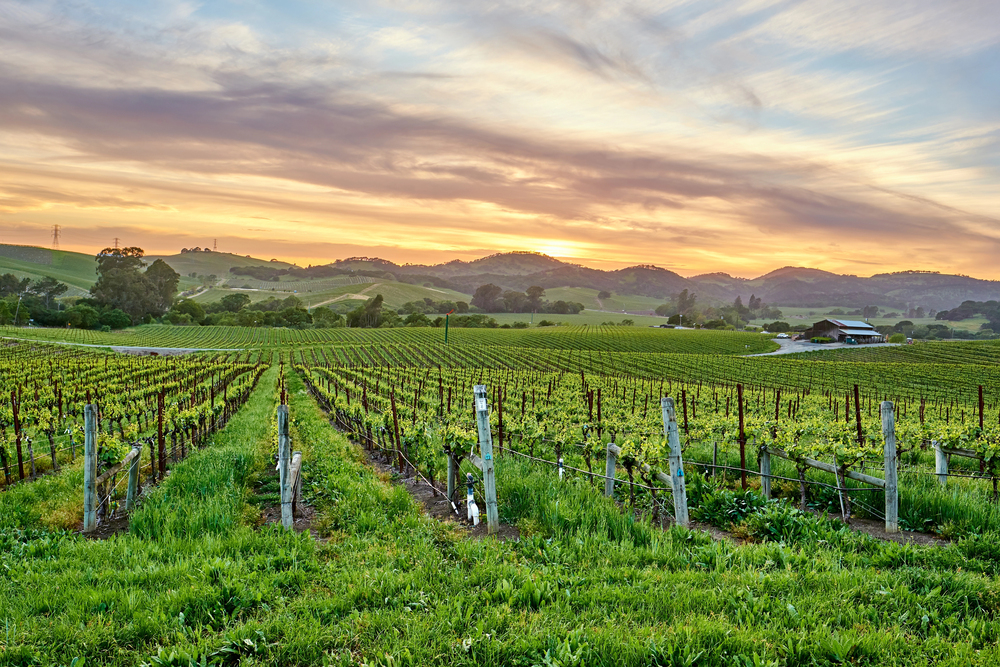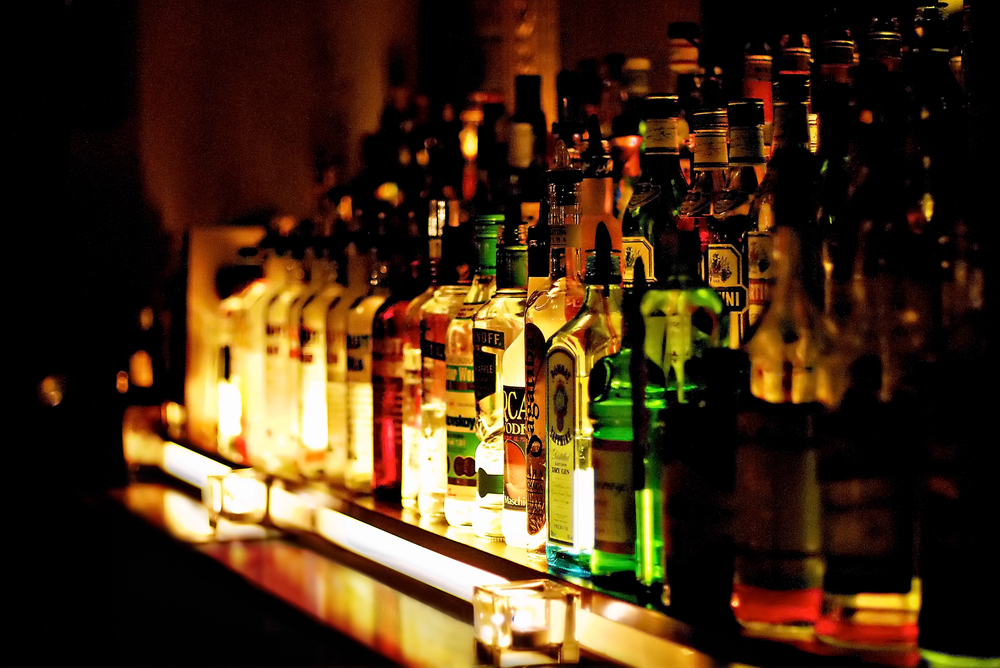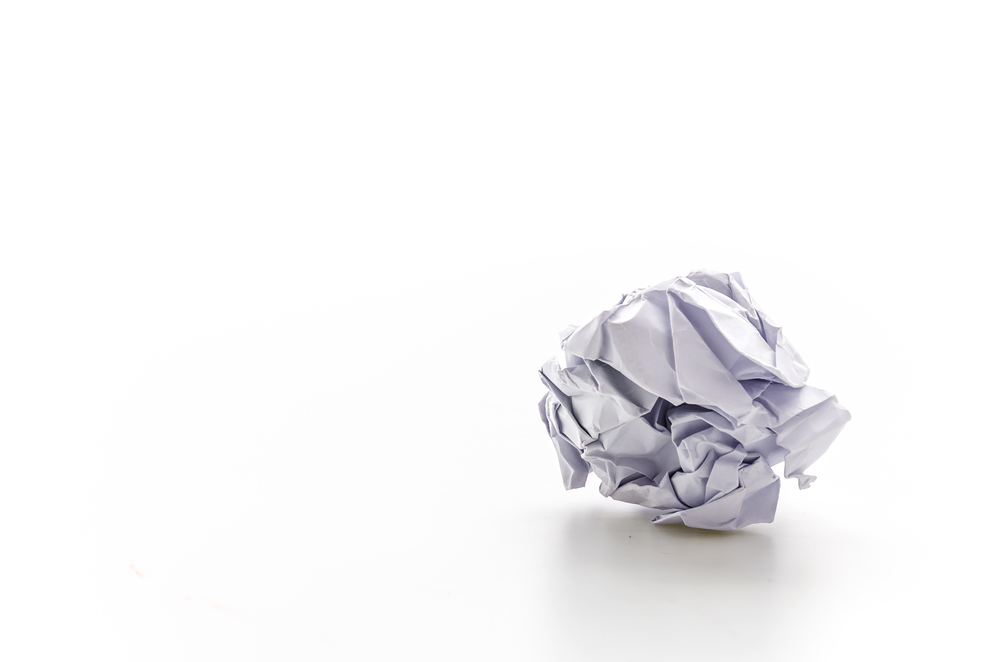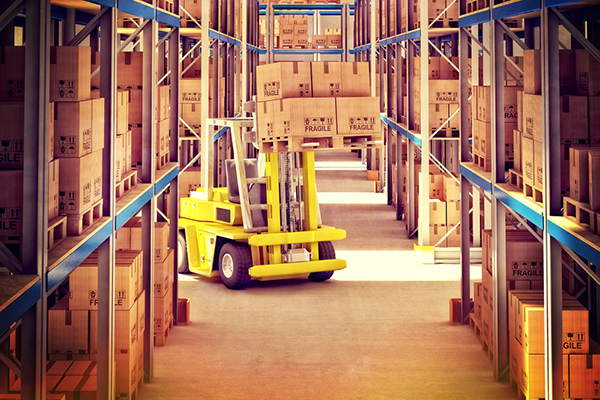5 New Flavors in Winery, Brewery and Distillery Insurance
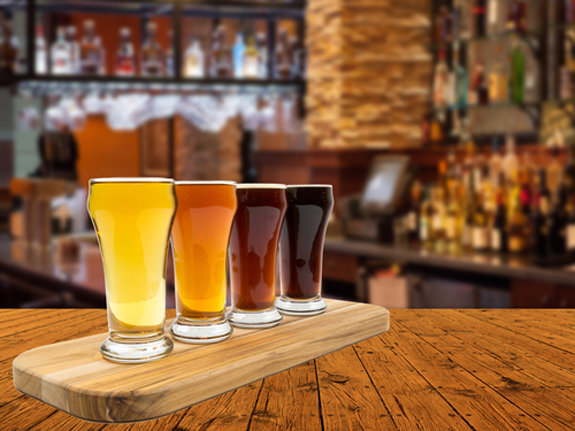
By: Jacquelyn Connelly
As wineries, breweries and distilleries continue to attract more visitors each year, insuring these craft beverage establishments holds a lot of appeal for the average independent agent.
“Every brokerage I walk into and say, ‘We’ve got a craft beverage brewery and winery program,’ 99% of the time there’s a 26-year-old guy in the office who’s going to be the next craft beverage expert,” says Geoff Pratt, director of workers comp programs at NSM Insurance Group.
But usually, that agent “has no idea how to do anything,” Pratt admits. If you’re planning on playing in this space, you need to understand the distinct coverage needs of each unique business—and have the patience to see it through.
“The premiums aren’t huge—a lot of these newer breweries that only have a tasting room, they’re under $10,000 for all lines of coverage,” Pratt says. “Obviously when you’re first starting out, you have cash flow issues. But these wineries and breweries are growing at an incredible rate. I have breweries on the books that have tripled in two years. If you’re making good beer, sky’s the limit.”
Interested in going after this exciting client base? Here are five new risks affecting the winery, brewery and distillery insurance space—and what you can do to make sure your clients have adequate protection for them.
Kombucha. NSM and Pak Insurance Programs have both noticed more submissions from craft beverage establishments that are now manufacturing kombucha—a variety of fermented, sweetened black or green tea produced using a symbiotic colony of bacteria and yeast.
Insuring the product is “challenging because some claim it has medical benefits, which not all consumers may experience,” explains Paul Martinez, program manager at Winery/Brewery/Distillery/Cider Pak Insurance Programs, which doesn’t write any breweries that make kombucha.
Why? “It’s typically produced in a standalone establishment, not a traditional brewery,” Martinez says. Plus, “the claims of kombucha’s health benefits are not wholly supported, and adverse effects have been reported, including exploding bottles.”
“From what we can tell, there isn’t a specialty market that is willing to look at kombucha,” Pratt agrees. “Part of it is there are probably only 150 commercially viable entities, and there’s one that probably has half of the market. The other part is that there seems to be no uniform way to make kombucha. And if you make it naturally, it’s going to ferment at 1-1.5% alcohol, which means you’re not regulated the same.”
But the kombucha trend is growing, especially on the West Coast. Expect specialty markets to start developing relevant coverage solutions soon, Pratt says.
Drones. Wineries with vineyards may use drones in the grape-growing process, which presents unique property and liability exposures. “In most cases, they will need to get a separate endorsement to cover the drone for liability,” says Mike Williams, senior product director for the agribusiness division at Travelers.
And it’s not just an issue for farming operations—for the many wineries that host weddings and other special events, drone photography presents additional concerns.
“Make sure the photographers who are coming on to the premises using these drones have the lay of the land, and make sure they’re flying where they need to be flying,” Williams says. “Beyond just the buildings they could run into, you have a lot of people there and you have things that are out in the vineyards themselves, like an air mover circulating warm air so frost doesn’t settle down. That’s something they could run into that could be damaged.”
Cyber. Like most U.S. businesses, “almost every single winery is selling their wine online,” Williams says—and that creates a clear cyber exposure.
“Cyber is another coverage that is becoming more and more sought after,” Martinez agrees. “A lot of breweries will say, ‘I don’t need a cyber.’ And I respond, ‘Do you have a website? Then you need cyber.’ Once you start digging into all the different cybercrimes, it can be a very big headache to restore all your information—and it can also be very costly.”
Barrel aging. In recent years, Pratt has noticed “a big influx of barrel aging of beers and the sours that have come out of that,” he says. “You’ve got a longer aging process and a much higher valuation.”
These breweries are starting to look more like wineries, “because some of these sours, they’ll age in an old tequila barrel for a year,” Pratt explains. The result: “Instead of $30 a case, it’s $100 a case.”
Seek out coverage that values finished goods and beer aging in barrels at selling price, “which can help if a brewer sustains a loss at the tail end of aging,” Martinez says. “If it takes 12 months or longer to age a beer and you sustain a loss halfway through that process, for you to get replacement cost and then calculate a business income profit loss could be a nightmare.”
Blurred lines. While some breweries are adopting practices that are more common in wineries, other breweries are beginning to dabble in distilling spirits, Martinez says—and “that complicates things very, very much.”
Martinez cites a number of distillery explosions in recent years due to lack of proper safety standards. As a result, Pak Insurance Programs is very selective when writing distillery coverage.
“There’s a point where the liquid is almost 100% alcohol, so the vapors are extremely flammable,” Martinez explains. “If you as a distiller do not have explosion-proof switches, outlets and fans, pretty much anything in that area that runs on electricity when you switch it on and off is going to give off an electrical arc that can ignite vapors. If that static electricity and those vapors meet, it’s a bad day.”
“We see the combination of the exposure of brewing and distilling, or winery and distilling, and that’s a problem for the market,” agrees Matthew Walters, program underwriter at NSM. “We can handle all that, but the applications really need to show if there’s on-premises consumption, what’s the breakout? We need to capture accurate information to ensure quoting the right rate and class code for all the exposures a risk may have.”
Jacquelyn Connelly is IA senior editor.




